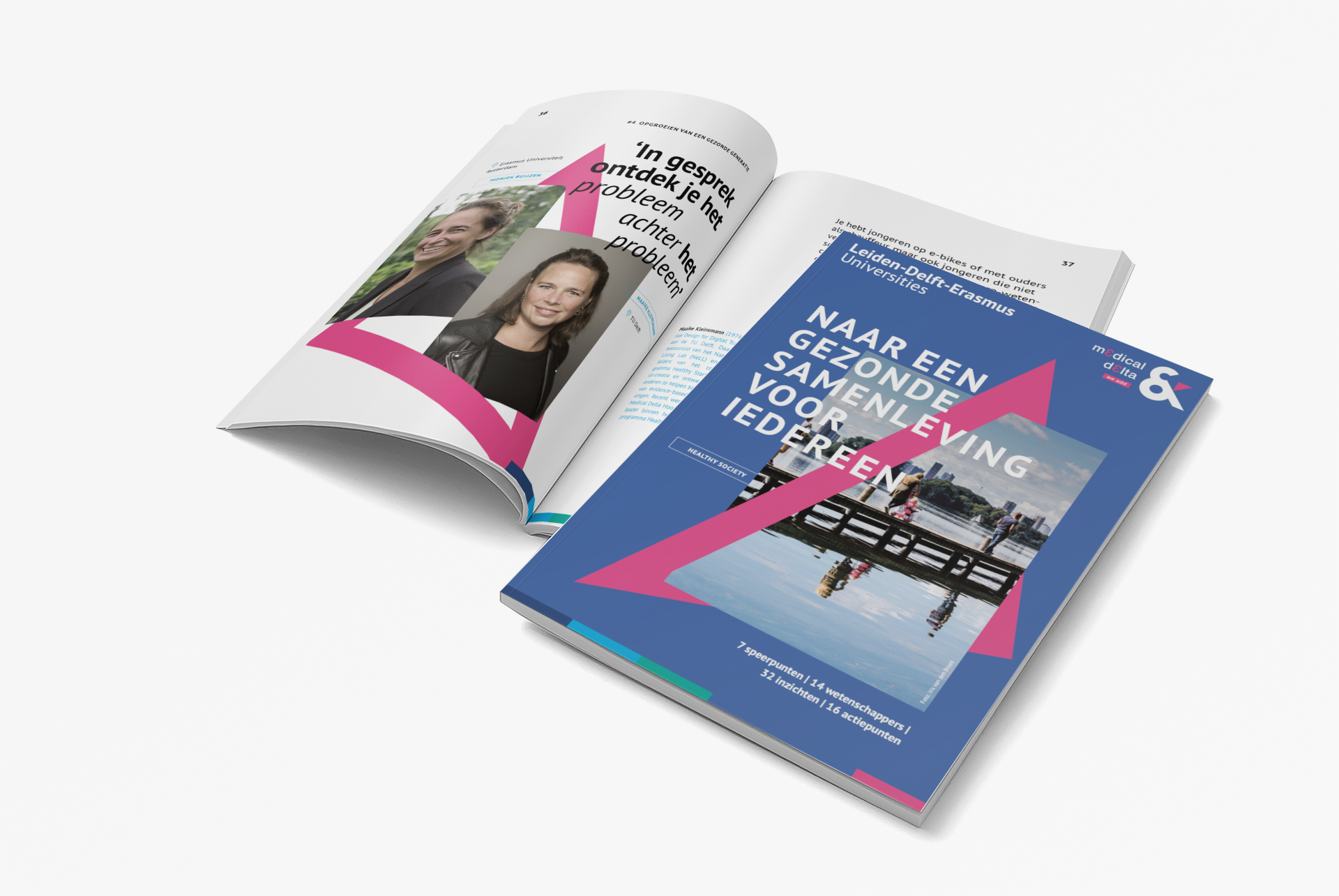People in difficult socio-economic circumstances seem almost inaccessible to health interventions say scientists in South Holland. While they need those interventions the most: they live on average six years shorter than others. Their housing conditions also influence this. These topics will be discussed on April 8 at the conference 'Action in the Delta', a collaboration of Medical delta, Leiden-Delft-Erasmus Universities and ZHIA, the South Holland Impact Alliance.
Professors Andrea Evers, Leiden University and Machiel van Dorst, TU Delft and lector Anneloes van Staa, Rotterdam University of Applied Sciences, will be present at this conference. They regularly speak out on how governments and other actors can steer towards reducing health inequalities, including in the paper ‘Healthy Society, towards a healthy society for all.’
 For example, Anneloes van Staa, based on practice-based research in South Holland cities, advises on how to reach the other side of the health gap: ‘You have to see what someone comes up with on their own, looking beyond the medical perspective. You have to find out: what is going on in this life? We have developed a simple visual tool for this: the Self-Management Web.'
For example, Anneloes van Staa, based on practice-based research in South Holland cities, advises on how to reach the other side of the health gap: ‘You have to see what someone comes up with on their own, looking beyond the medical perspective. You have to find out: what is going on in this life? We have developed a simple visual tool for this: the Self-Management Web.'
Financial distress, as often happens, caused a cascade of problems.’
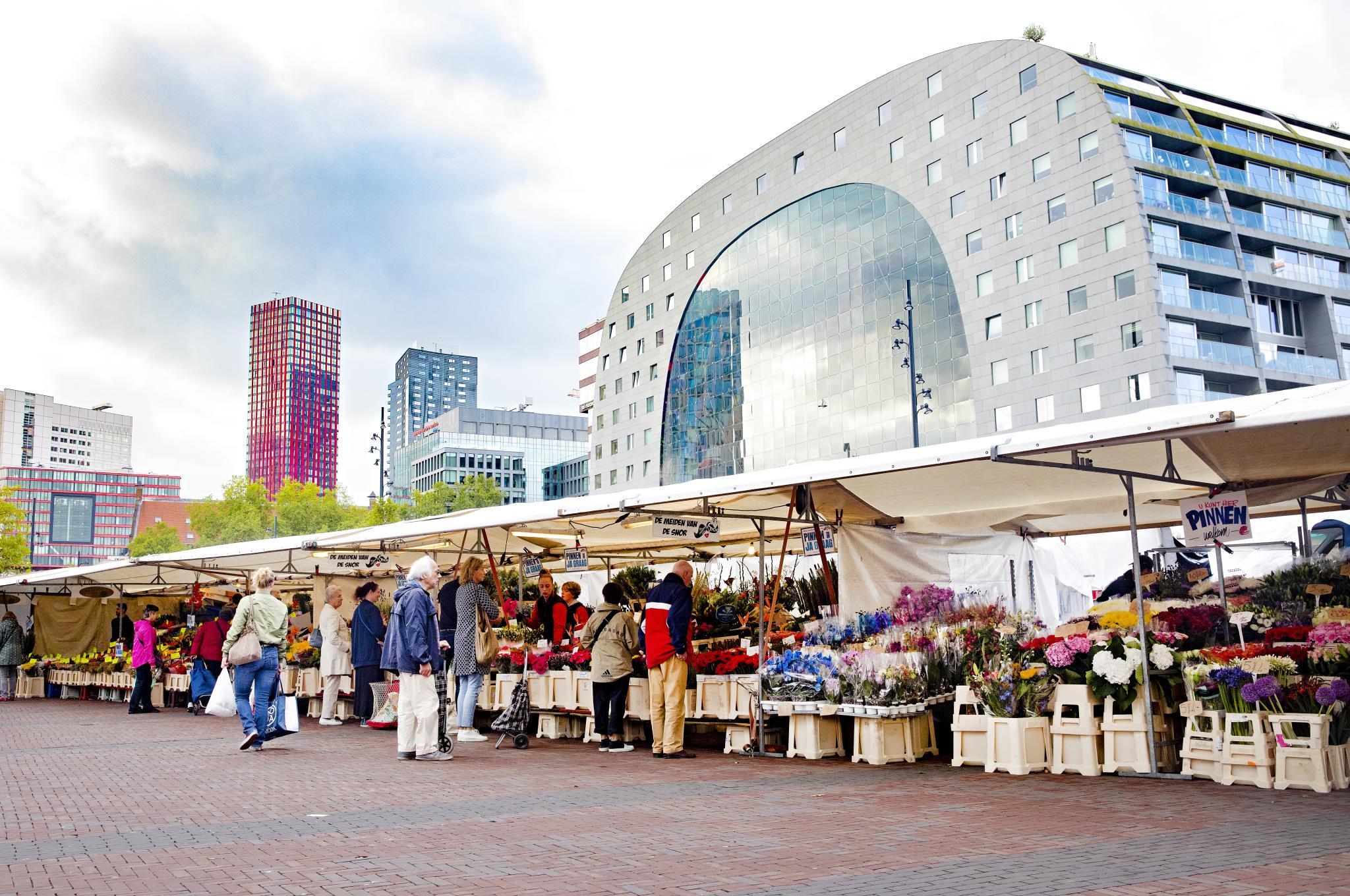
'For example: someone with a kidney transplant and far too much weight comes to the outpatient clinic. Instead of immediately discussing losing weight, the nurse specialist presents the form. Then it turns out: this lady could not even collect her pills from the pharmacy because she had no bicycle and no money for the bus. Financial distress, as often happens, caused a cascade of problems.'
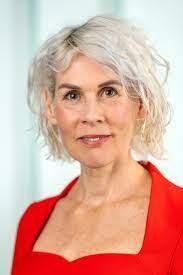 Andrea Evers, professor of Healthy Society at Leiden University, argues for a broad view of what health is and what interventions can help reduce health inequalities. This often turns out to be a socio-economic, much more than just a medical, issue: ‘It is important to address a multitude of social aspects of health, from debt relief and housing conditions, for example, to care for vulnerable groups and insights on behavioural influence and prevention.’
Andrea Evers, professor of Healthy Society at Leiden University, argues for a broad view of what health is and what interventions can help reduce health inequalities. This often turns out to be a socio-economic, much more than just a medical, issue: ‘It is important to address a multitude of social aspects of health, from debt relief and housing conditions, for example, to care for vulnerable groups and insights on behavioural influence and prevention.’
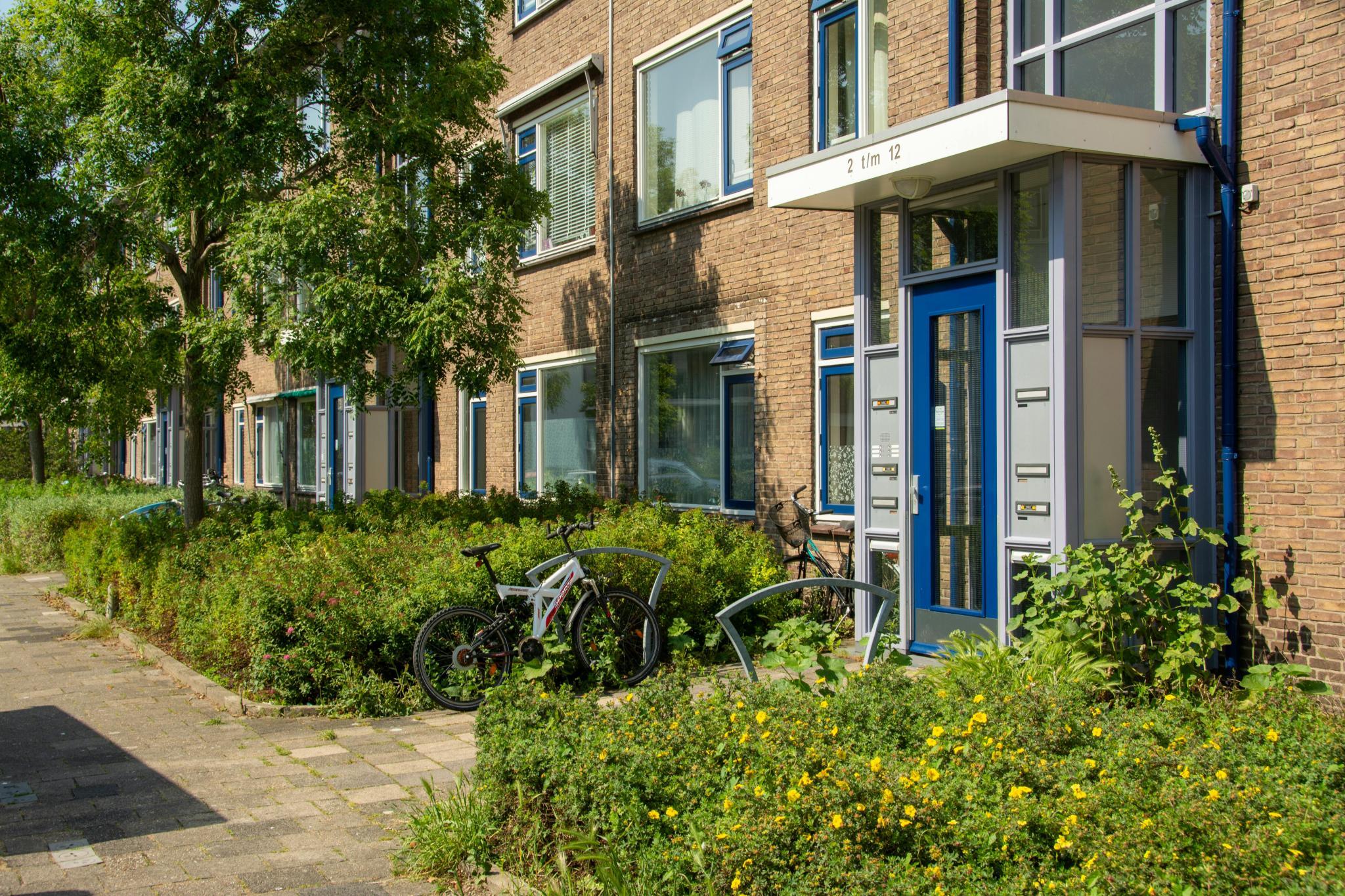
Living environment and housing conditions influence health
Designing living environments is also important for public health. How people live and how neighbourhoods are designed affect health. The garden villages from back in the day, designed for factory workers, but also the reconstruction districts with green areas and space for children to play safely, bear witness to this.
‘ The most important environment are your fellow human beings. Social interaction promotes mental health.'
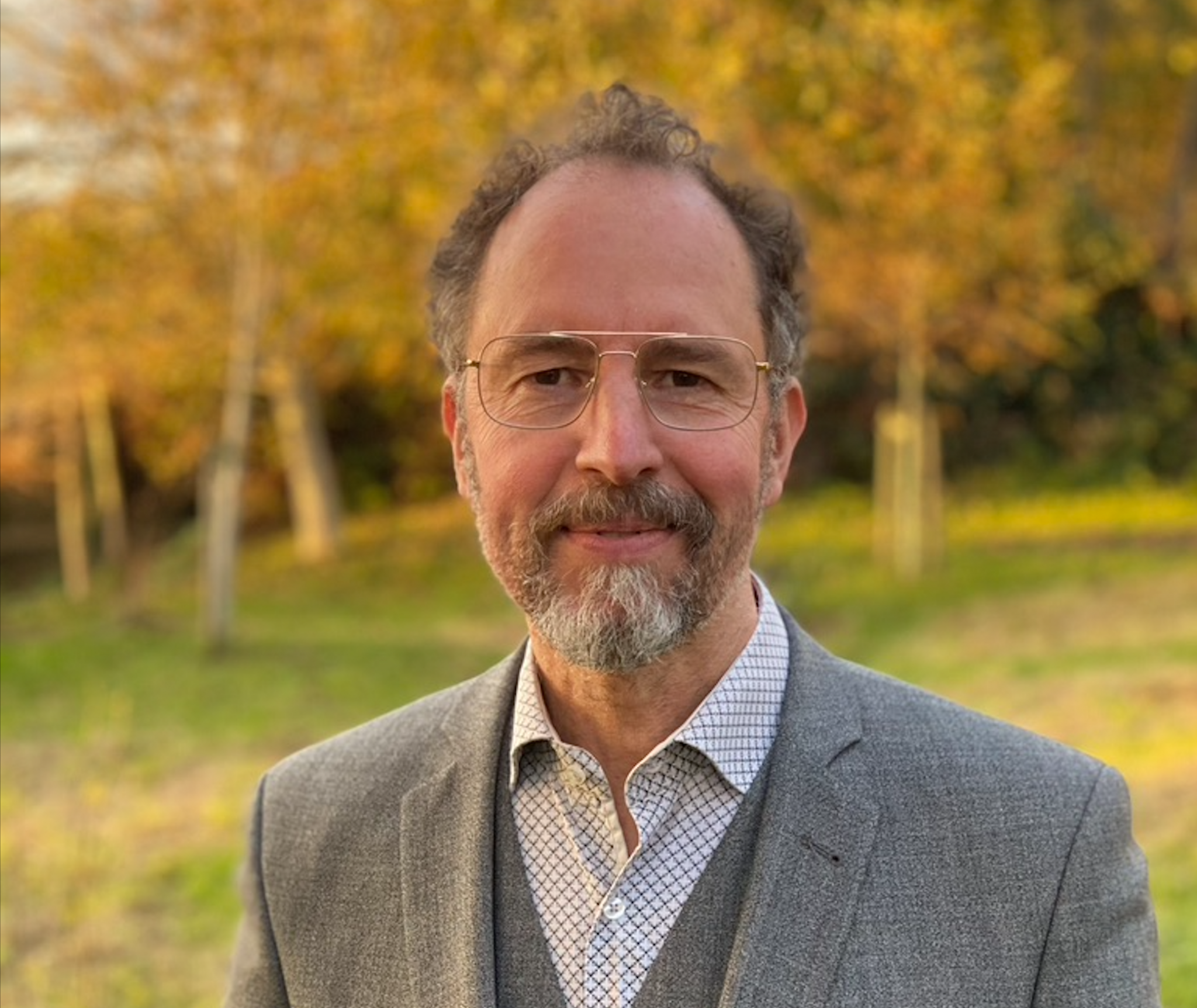 Machiel van Dorst, professor of Environmental Behaviour and Design at TU Delft: ‘The most important environment are your fellow human beings. Social interaction promotes mental health. The built environment can promote or hinder social interaction. Front gardens, for example, help: if you sit in them or weed, you meet your neighbours. A row of cars in front of houses, on the other hand, does not help.'
Machiel van Dorst, professor of Environmental Behaviour and Design at TU Delft: ‘The most important environment are your fellow human beings. Social interaction promotes mental health. The built environment can promote or hinder social interaction. Front gardens, for example, help: if you sit in them or weed, you meet your neighbours. A row of cars in front of houses, on the other hand, does not help.'
Read more in the white paper Towards a healthy society for all.
Join the discussion about a healthy South Holland
Meet Andrea Evers, Anneloes van Staa and Machiel van Dorst on 8 April 2025 at the Action in the Delta conference in TU Delft's Aula.
